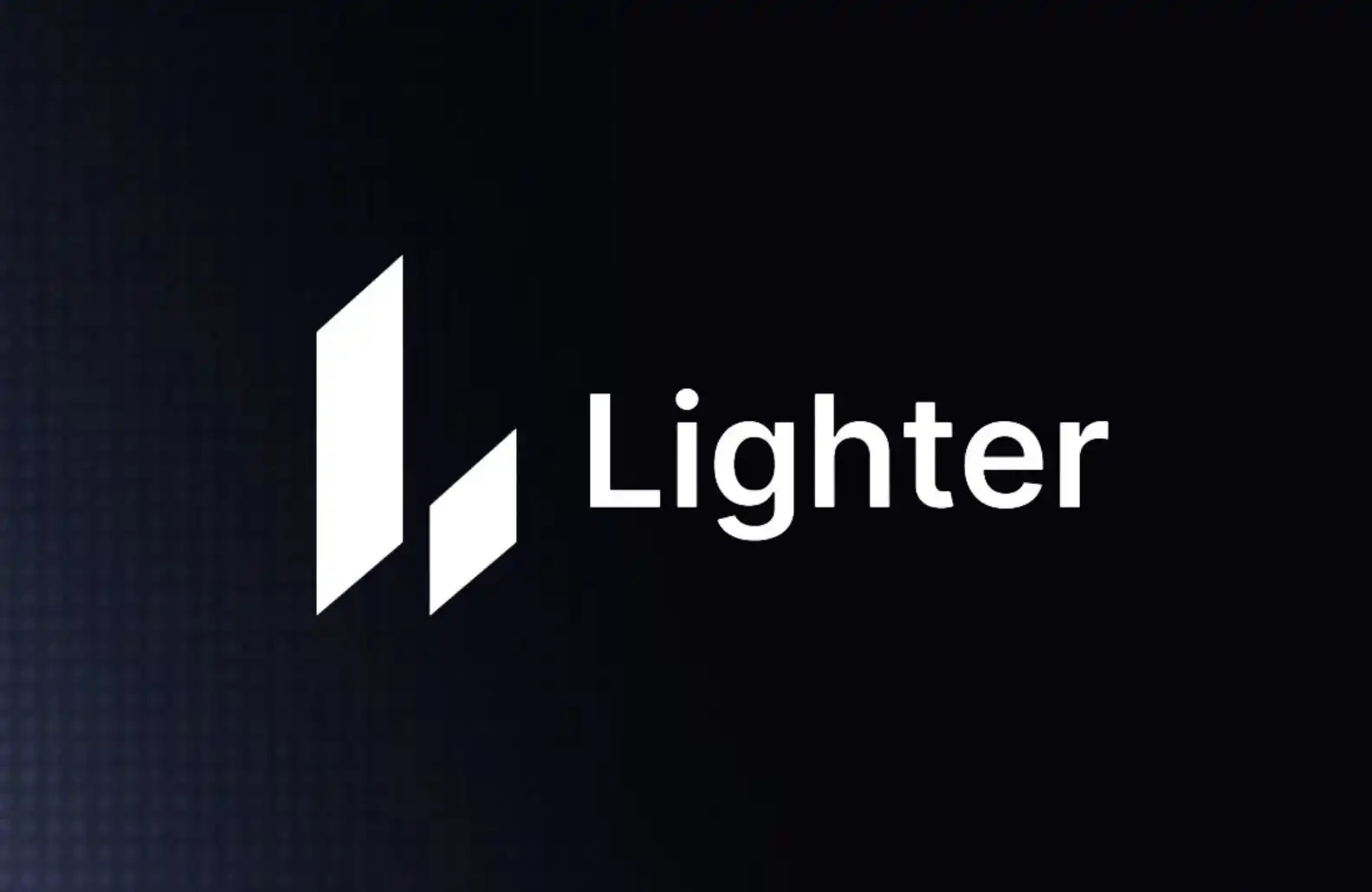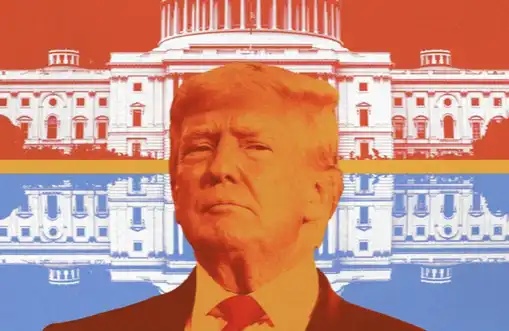When the First Stock Stablecoin Meets High-Performance Layer1, Why Does Sei Stand Out?
On July 10, Circle officially announced that following mainstream ecosystems such as Ethereum, Solana, Avalanche, Arbitrum, etc., native USDC and CCTP V2 have officially integrated and landed on Sei. This not only signifies Sei becoming another "head chain" in the USDC integration matrix but also serves as a positive recognition of its ecosystem strength and development potential.
What is CCTP V2? In a nutshell, it is a new-generation cross-chain transfer protocol created by Circle, emphasizing "seamless cross-chain" and one-stop efficient fund circulation. Through CCTP V2, users and developers can securely and smoothly transfer native USDC across 13 leading public chains and 156 routes, without the need for cumbersome bridging processes or concerns about liquidity fragmentation and fee losses. This experience is akin to freely moving US dollars between different cities, without border friction.
The significance of this integration goes far beyond just "adding a new chain." For a public chain, receiving native USDC support has long been a crucial indicator of ecosystem activity and abundant real traffic. USDC itself is the world's largest regulated US dollar stablecoin, and behind each of Circle's expansions lies a deep acknowledgment of on-chain user base, fund volume, and developer ecosystem. Now, Sei has become one of the few chains with "native USDC support," effectively joining the "mainstream chain club," signifying not only the convergence of more funds, users, and developers to Sei but also heralding the beginning of a new era of ecosystem prosperity.
This Is a Stablecoin Bull Market
When discussing the endorsement of native USDC and CCTP V2, we may as well broaden our perspective to see how the industry's overall trend is guiding this "stablecoin bull market."
Let's start with the capital market. Since last year, the news of Circle submitting an IPO application has been continuously drawing industry attention, and its performance after going public has been remarkable.
On June 5, 2025, Circle officially debuted on the New York Stock Exchange (CRCL), with an issuance price of $31 per share. The closing price on the first day skyrocketed to $83.23, a 168.5% increase, and the market value quickly surpassed $18 billion, making it one of the strongest IPOs in nearly four years. Following the first-day surge, Circle's stock price continued to rise, accumulating over a 500% increase by mid-June. By early July, the stock price reached nearly $300 at one point, with a market value of approximately $56 billion.
Next up is the policy aspect, and the passage of the US "Stablecoin Act" undoubtedly gave the entire industry a "peace of mind." The rare consensus reached by the White House, Congress, and federal regulators not only recognized the currency status of stablecoins but also explicitly required a series of "high standards" such as 100% reserves, compliance reviews, and redeemability. This means that stablecoins are no longer just "experimental" in the gray area but are now a "official currency tool" endorsed by the United States and protected by US law. For developers, institutions, and funders, the implementation of this policy dividend means that the era of compliance has truly arrived.
Following the passage of the US "Stablecoin Act" (GENIUS Act), major Wall Street banks have joined the stablecoin race. JPMorgan, Citi, Bank of America, Morgan Stanley, and others made statements during their second-quarter earnings conference calls indicating their entry into the stablecoin space.
Over the past year, the growth rate of stablecoins has far outpaced most mainstream public chain native assets. Whether in terms of trading volume, payment settlement, or cross-border circulation, USDT and USDC have long occupied the top positions of the "on-chain dollar." Revisiting the ideal of "peer-to-peer electronic cash" in the Bitcoin whitepaper, stablecoins today are much closer to this vision.
Therefore, whether a public chain has a mainstream native stablecoin has become a "barometer" for measuring its ecosystem health — the issuance and expansion of stablecoins often signify real user demand and fund inflows; conversely, once stablecoins are actively burned or withdrawn from a chain, it indicates that the chain's traffic is drying up, leading to "silence."
Therefore, the official integration of native USDC and CCTP V2 into Sei is also a recognition of Sei's steady growth from this perspective.
Sei's Steady Growth
On Sei, a nascent public chain, the on-chain activity data has also been impressive over the past six months. Since early 2025, TVL has soared from $208 million to $600 million, marking a 188% increase during the year. The number of Dapps launched within the ecosystem has surpassed 200, the developer community remains active, and innovative projects continue to emerge. In addition to being "ultra-fast EVM compatible," the mainnet is also about to undergo a "Giga upgrade," significantly enhancing its scalability. On-chain daily transaction volume, active users, token prices, and other metrics have all seen significant growth, with almost every data curve hitting new all-time highs.
Over the past year and a half, Sei's rapid growth in on-chain ecosystem has been evidenced from various data curves.
Let's first look at the TVL (Total Value Locked) curve: starting from less than $10 million in October 2023, reaching over $100 million by mid-2024, and surging to a milestone of $700 million in July 2025, Sei's TVL has experienced nearly exponential growth. In the second half of 2024, as the first wave of popular DeFi projects landed on Sei, the TVL once surpassed $250 million. Entering 2025, with more cross-chain bridges, liquidity mining, and innovative protocols going live, the TVL kept climbing, now having grown by over 230% since the beginning of the year, showcasing a strong influx of capital.

Data Source: DefiLlama
Sei's TVL growth may also be attributed to Takara Lend and Yei Finance. Currently, Takara Lend's TVL has surpassed the $1 billion mark, with USDT's APY reaching 15.64% and USDC's APY also hitting 14.79%. Takara Lend is evolving from a simple lending protocol into a programmable credit platform, building a "credit layer" for DeFi, enabling crypto assets to not only be used for investment but also to support real-world payments. Yei Finance, on the other hand, is the largest lending project on the Sei chain, with a current TVL of $380 million, ranking first in the ecosystem.
Now, let's look at the average DEX daily trading volume: before July 2024, decentralized exchange daily trading volumes on Sei were mostly below $10 million, with the ecosystem still in its infancy. Starting from September 2024, waves of projects and users poured in, rapidly pushing the daily trading volume above $100 million. Since 2025, with compliant fiat onramps like USDC, CCTP being established, and AMM ecosystem diversification—including centralized liquidity, limit orders, cross-chain transactions, among other features—the Sei DEX daily trading volume has repeatedly hit peaks between $80 to $100 million, demonstrating both increased market activity and user retention.

Data Source: DefiLlama
Lastly, let's look at the Market Cap trend: The Sei token, with a market valuation of less than $3 billion at the end of 2023, began a continuous rebound. In early 2024, accompanying the first round of ecosystem airdrops and the mainnet launch, the market cap quickly surged to $18 billion. Although there were periodic pullbacks, it has always remained supported above $10 billion. In March 2025, with more institutional investors and compliant investment tools entering the scene, the market cap once again rose to a peak of $28 billion, and recently has been fluctuating in the $20–25 billion range. The synchronous growth in Total Value Locked (TVL), trading volume, and market cap clearly demonstrates that Sei, as a high-performance Layer-1 blockchain, is attracting multi-level liquidity from retail to institutional investors, with the ecosystem continuing to expand and value steadily being realized.

Data Source: DefiLlama
Simultaneously, Sei has been selected by the Wyoming Stablecoin Committee as the deployment chain for WYST (a U.S. dollar-backed stablecoin). WYST plans to leverage LayerZero to achieve cross-chain bridging, indicating that in the future, more sovereign or institutionally-backed stablecoins will also have a priority deployment on Sei.
In the realm of Real World Assets (RWA), another major project has joined Sei. On July 17, 2025, the RWA tokenization platform Ondo Finance announced that its flagship U.S. Dollar Yield token (USDY) has officially landed on the Sei network, becoming the first on-chain national bond asset deployed on this ultra-high-speed Layer-1 blockchain. USDY is currently operating on multiple chains, with a TVL exceeding $6.8 billion, offering approximately 4.25% annualized yield to individual and institutional investors worldwide (excluding the United States). This integration not only deeply combines high-grade national bond yields with Sei's capability to process tens of thousands of transactions per second, but also marks Sei's official launch into the institutional-grade DeFi market.
Furthermore, Sei is driving a fundamental technological revolution with the "Giga Upgrade" at its core. The latest release of the Giga Whitepaper highlights: a self-developed high-throughput EVM client that achieves processing capacity of billions of gas per second (Gigagas) through precompiled compilation, transaction dependency static analysis, and parallel execution; Autobahn multi-lane consensus that breaks through the traditional single proposer bottleneck, allowing multiple proposers to simultaneously package transactions, compressing final confirmation time to less than 700 milliseconds; asynchronous state commitment and efficient storage paths using asynchronous state root generation, write-ahead logs, and batched writes to decouple contract execution from state writes, significantly reducing latency.
In internal testing, the Sei team deployed a data network consisting of 40 validation nodes distributed across Singapore, Germany, Ohio, and Oregon, simulating real-world latency and bandwidth restrictions. In this environment, Sei Giga has consistently achieved a throughput capacity of 5 Gigagas/s and maintained sub-second confirmation, truly embodying "Web2-level on-chain performance."
These advancements—from financial protocols to technical infrastructure—not only enrich Sei's ecosystem gameplay but also further enhance the platform's capabilities in credit, compliance, and cross-chain asset interoperability. Whether it's TVL, transaction volume, lending rates, stablecoin compliance deployment, or high-performance upgrades, Sei is accelerating on multiple tracks simultaneously, fully demonstrating its growth momentum as a high-performance Layer-1 public chain.
USDC & CCTP V2 Integration's Significant Benefits for Sei
The native integration of USDC and CCTP V2 is not just a functional upgrade for Sei but also an ecosystem-level "value leap." Whether it's user experience, capital flow, developer ecosystem, or industry influence, all key variables will experience a qualitative change.
Firstly, as mentioned earlier, for every on-chain user, the native USDC itself signifies "confidence" and "efficiency." As the world's most mainstream compliant stablecoin, USDC has a 100% reserve, 1:1 USD backing, and top-tier regulatory endorsement, allowing both retail and institutional users to seamlessly enjoy the convenience of fund inflow and outflow. For professional funds, through channels like Circle Mint, support for large deposits, withdrawals, and settlements with compliance and liquidity. The addition of native USDC also enables Sei users to directly benefit from the security and convenience of the Circle global payment network, allowing DeFi players, project teams, and large fund managers to easily switch between on-chain and off-chain dollars.
However, the greater imagination comes from CCTP V2's multi-chain network. CCTP V2 not only enables Sei to achieve native USDC cross-chain free transfers with mainstream chains such as Ethereum, Solana, Arbitrum, Base, and Optimism but can also cover up to 156 capital flow routes. For users, cross-chain transfers no longer require various "cumbersome bridges," eliminating the need for repeated exchanges, liquidity layering concerns, and slippage, truly achieving a "one-click switch, seamless experience."
For developers, CCTP V2 directly opens the door to a multi-chain world—you can build seamless cross-chain DEXs, cross-chain wallets, on-chain liquidity pools, GameFi, payment scenarios, RWA, on-chain finance, and other new products based on Sei, allowing users to enjoy smooth USDC payments, exchanges, and asset transfers on any chain.
Sei can also become a "multi-chain bridgehead" for the entire crypto world, not only handling on-chain traffic but also attracting users, assets, and developers from chains such as Ethereum and Solana.
The era of USDC on Noble is now in the past. With the arrival of native USDC, Circle and the Sei Foundation are cooperatively driving liquidity in an orderly fashion from Noble's version of USDC to Sei's native USDC. This move not only brings greater asset security and transparency but also significantly enhances compliance and the ability to connect to global DeFi and CeFi scenarios.
More importantly, the Circle's "native ecosystem" driving force will motivate more international funds, mainstream compliant users, and institutional players to choose Sei as their preferred on-chain location. Each liquidity upgrade is a leap forward for Sei's ecosystem credibility, scale, and brand strength.
Furthermore, Circle's integration also leads to a reassessment of Sei's global influence and brand premium. Beyond stablecoin liquidity itself, it signifies that partners, DApps, compliance entities, and even traditional financial giants in the Circle ecosystem have the opportunity to join Sei in paving the way for on-chain dollar lending, RWA (on-chain assets), government bond issuance, cross-border settlements, and other new avenues. History has repeatedly shown that every mainstream public chain experiences a new round of growth in on-chain fund activity and ecosystem scale after integrating native USDC.
For all those who are looking forward to Sei's future, this is not just a technical upgrade but also an entrance into a new bull market era—where on-chain funds, users, and innovation will all revolve around USDC, propelling Sei onto a whole new stage.
Will Sei's TVL in the ecosystem accelerate? Will the market cap and circulation of stablecoins expand rapidly? Will on-chain innovative products and multi-chain scenarios witness a new wave of concentrated growth? These changes will directly determine Sei's position as the "next hotbed public chain" in the industry.
Welcome to join the official BlockBeats community:
Telegram Subscription Group: https://t.me/theblockbeats
Telegram Discussion Group: https://t.me/BlockBeats_App
Official Twitter Account: https://twitter.com/BlockBeatsAsia










